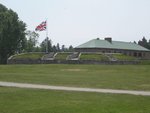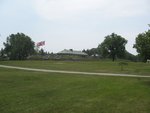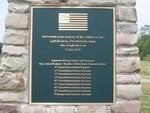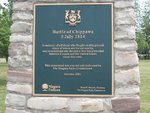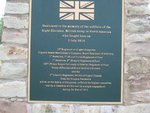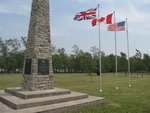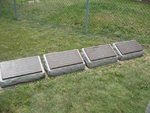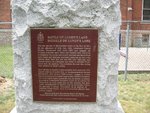James Pickering
Airman
I am particularly interested in the amphibious small boat operations at Benedict and also the battle of Bladensberg, but would like to discuss the whole theater of operations including the attack on Baltimore.
Some excellent on-line references I have found are:
http://en.wikipedia.org/wiki/Burning_of_Washington
http://www.eyewitnesstohistory.com/washingtonsack.htm
http://www.historycentral.com/documents/BurningWash.html
Can anyone recommend others?
Some excellent on-line references I have found are:
http://en.wikipedia.org/wiki/Burning_of_Washington
http://www.eyewitnesstohistory.com/washingtonsack.htm
http://www.historycentral.com/documents/BurningWash.html
Can anyone recommend others?

